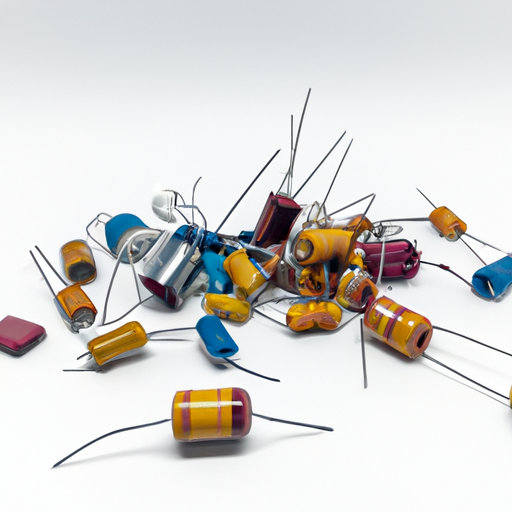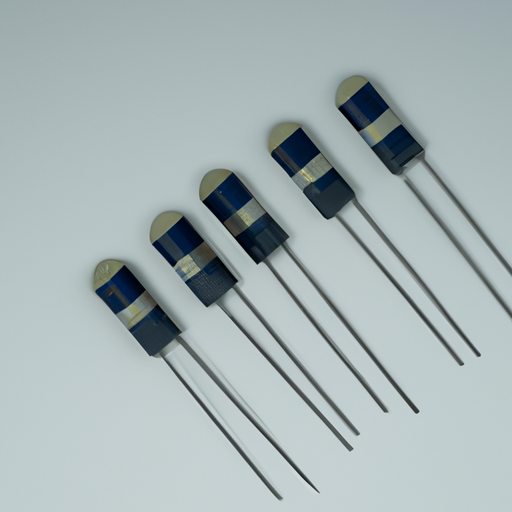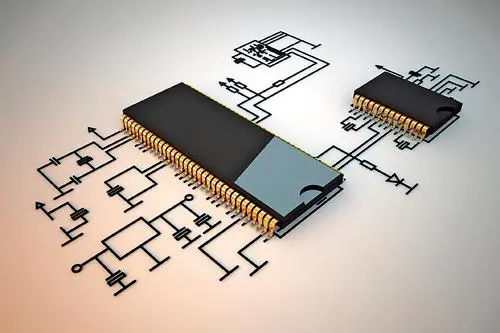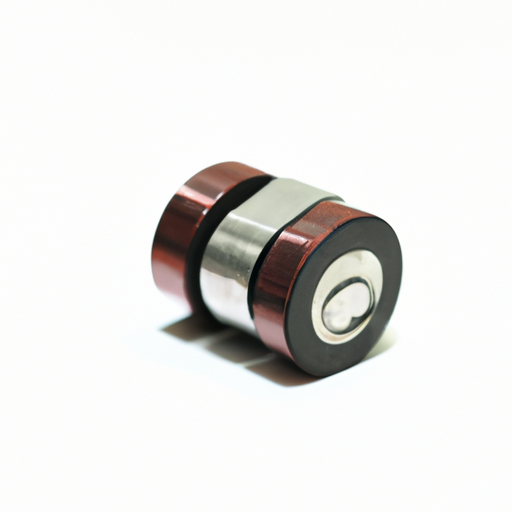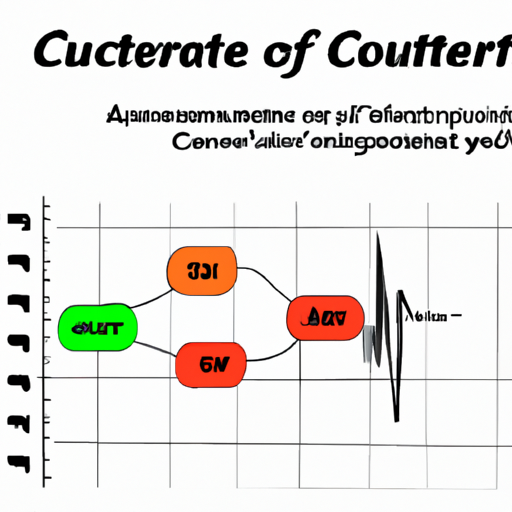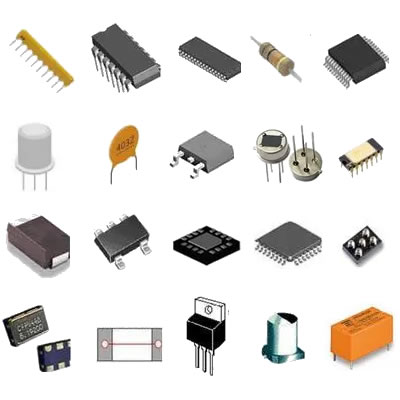What industry is inductors and what development trends are there?
The Inductor Industry and Its Development Trends
I. Introduction
Inductors are passive electronic components that store energy in a magnetic field when electrical current flows through them. They play a crucial role in various electronic circuits, serving functions such as filtering, energy storage, and signal processing. As the backbone of many electronic devices, inductors are integral to the functioning of power supplies, radio frequency (RF) applications, and oscillators. The inductor industry has evolved significantly over the years, driven by technological advancements and the increasing demand for compact, efficient electronic components.
II. The Role of Inductors in Electronics
A. Basic Principles of Inductance
Inductance is the property of an electrical conductor that opposes changes in current. When the current through an inductor changes, it induces a voltage in the opposite direction, which can be harnessed for various applications. This fundamental principle underlies the operation of inductors in electronic circuits.
B. Types of Inductors
Inductors come in various types, each suited for specific applications:
1. **Air-core inductors**: These inductors do not use a magnetic core, making them suitable for high-frequency applications where low losses are essential.
2. **Iron-core inductors**: These inductors use iron as a core material, providing higher inductance values and better energy storage capabilities, but they are limited to lower frequencies due to core losses.
3. **Ferrite-core inductors**: Ferrite cores are made from ceramic materials that exhibit high magnetic permeability, making them ideal for RF applications and power supplies.
4. **Toroidal inductors**: These inductors have a doughnut-shaped core, which minimizes electromagnetic interference and enhances efficiency.
C. Applications of Inductors
Inductors are used in a wide range of applications, including:
1. **Power supplies**: Inductors are essential in switching power supplies, where they help regulate voltage and current.
2. **RF applications**: In RF circuits, inductors are used for tuning and filtering signals.
3. **Filters and oscillators**: Inductors work in conjunction with capacitors to create filters that allow specific frequencies to pass while blocking others.
4. **Energy storage**: Inductors store energy in their magnetic fields, which can be released when needed, making them vital in energy management systems.
III. Market Overview of the Inductor Industry
A. Global Market Size and Growth
The global inductor market has witnessed substantial growth, driven by the increasing demand for electronic devices and advancements in technology. According to industry reports, the market is projected to reach several billion dollars by the mid-2020s, with a compound annual growth rate (CAGR) of around 5-7%.
B. Key Players in the Industry
Several key players dominate the inductor industry, including:
Murata Manufacturing Co., Ltd.
TDK Corporation
Vishay Intertechnology, Inc.
Würth Elektronik GmbH & Co. KG
Coilcraft, Inc.
These companies are known for their innovation, quality, and extensive product portfolios.
C. Regional Analysis
1. **North America**: The North American market is characterized by a strong presence of technology companies and a growing demand for advanced electronic devices.
2. **Europe**: Europe is witnessing growth in the automotive and industrial sectors, driving the demand for inductors in various applications.
3. **Asia-Pacific**: The Asia-Pacific region is the largest market for inductors, fueled by the rapid growth of consumer electronics and telecommunications.
4. **Rest of the World**: Emerging markets in Latin America and the Middle East are also contributing to the growth of the inductor industry.
IV. Development Trends in the Inductor Industry
A. Miniaturization of Components
The trend towards miniaturization is reshaping the inductor industry. As electronic devices become smaller and more compact, the demand for smaller inductors has increased. This trend impacts design and manufacturing processes, leading to innovations in materials and production techniques. Miniaturized inductors offer several benefits for consumer electronics, including reduced weight, improved efficiency, and enhanced performance.
B. Increased Demand for High-Frequency Inductors
With the rise of telecommunications and data centers, there is a growing demand for high-frequency inductors. These inductors are essential for applications such as 5G technology, where high-speed data transmission is critical. Advancements in materials and technology are enabling the development of inductors that can operate efficiently at higher frequencies, meeting the needs of modern communication systems.
C. Integration with Other Components
The integration of inductors with other components is another significant trend. Inductor-capacitor (LC) circuits are becoming increasingly common, allowing for more compact and efficient designs. Additionally, the rise of system-on-chip (SoC) designs is driving the need for integrated inductors that can be embedded within semiconductor devices, further enhancing performance and reducing space requirements.
D. Sustainability and Eco-Friendly Practices
Sustainability is becoming a priority in the inductor industry. Manufacturers are increasingly focusing on using recyclable materials and implementing energy-efficient manufacturing processes. This shift not only helps reduce the environmental impact but also meets the growing consumer demand for eco-friendly products.
V. Technological Innovations in Inductor Design
A. Advances in Materials Science
Recent advances in materials science are paving the way for innovative inductor designs. The use of nanomaterials is gaining traction, as they offer improved performance characteristics, such as higher inductance values and lower losses. Additionally, high-temperature superconductors are being explored for their potential to create highly efficient inductors that can operate at elevated temperatures.
B. Smart Inductors and IoT Integration
The rise of the Internet of Things (IoT) is driving the development of smart inductors. These inductors can communicate with other devices, enabling real-time monitoring and control. Their integration into smart devices opens up new possibilities for automation and artificial intelligence, enhancing the functionality of electronic systems.
C. Simulation and Modeling Techniques
Simulation and modeling techniques are becoming increasingly important in the design of inductors. Advanced software tools allow engineers to optimize designs, predict performance, and reduce development time. These methodologies are essential for creating high-performance inductors that meet the demands of modern applications.
VI. Challenges Facing the Inductor Industry
Despite the positive outlook, the inductor industry faces several challenges:
A. Supply Chain Disruptions
Global supply chain disruptions, exacerbated by the COVID-19 pandemic, have impacted the availability of raw materials and components. Manufacturers must navigate these challenges to ensure a steady supply of inductors.
B. Competition from Alternative Technologies
The inductor industry faces competition from alternative technologies, such as capacitors and transformers. As new technologies emerge, manufacturers must innovate to maintain their market position.
C. Regulatory and Compliance Issues
Regulatory and compliance issues can pose challenges for manufacturers, particularly in terms of environmental standards and product safety. Staying compliant with regulations is essential for maintaining market access and consumer trust.
VII. Future Outlook for the Inductor Industry
A. Predictions for Market Growth
The future of the inductor industry looks promising, with continued growth expected in various sectors, including consumer electronics, automotive, and telecommunications. As technology advances, the demand for high-performance inductors will likely increase.
B. Emerging Applications and Technologies
Emerging applications, such as electric vehicles and renewable energy systems, present new opportunities for the inductor industry. Additionally, advancements in wireless charging and energy harvesting technologies are expected to drive demand for innovative inductor designs.
C. Strategic Recommendations for Industry Players
To thrive in the evolving landscape, industry players should focus on:
- Investing in research and development to drive innovation.
- Adopting sustainable practices to meet consumer demand for eco-friendly products.
- Strengthening supply chain resilience to mitigate disruptions.
VIII. Conclusion
Inductors are vital components in the world of electronics, playing a crucial role in various applications. The inductor industry is experiencing significant growth, driven by technological advancements and changing consumer demands. Key development trends, such as miniaturization, increased demand for high-frequency inductors, and sustainability, are shaping the future of the industry. As we look ahead, the inductor industry is poised for continued innovation and growth, presenting exciting opportunities for manufacturers and consumers alike.

